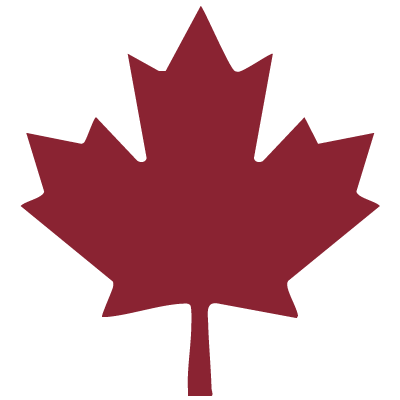Canada’s Instrumentation Leader Since 1946.


An important part of the refining procedure is colour measurement. Colour is an indication of type and quality. In some cases it used as a means of recognition as is such with aviation fuel and ships diesel fuel. Other petroleum products are required to be colourless such as food quality waxes. Scales & Values Grading […]
Grading techniques are widely used to assess product colour by comparison with a representative series of fixed colour standards.
For many product types, a characteristic set of standards was agreed and adopted to aid colour control and the communication of colour specifications; the result is a selection of traditional colour grading scales that have been adopted as industry standards and are still in common use today.
Your Colour Scale requirement determines your instrument choice.Copyright - 2025 - Hoskin Scientific